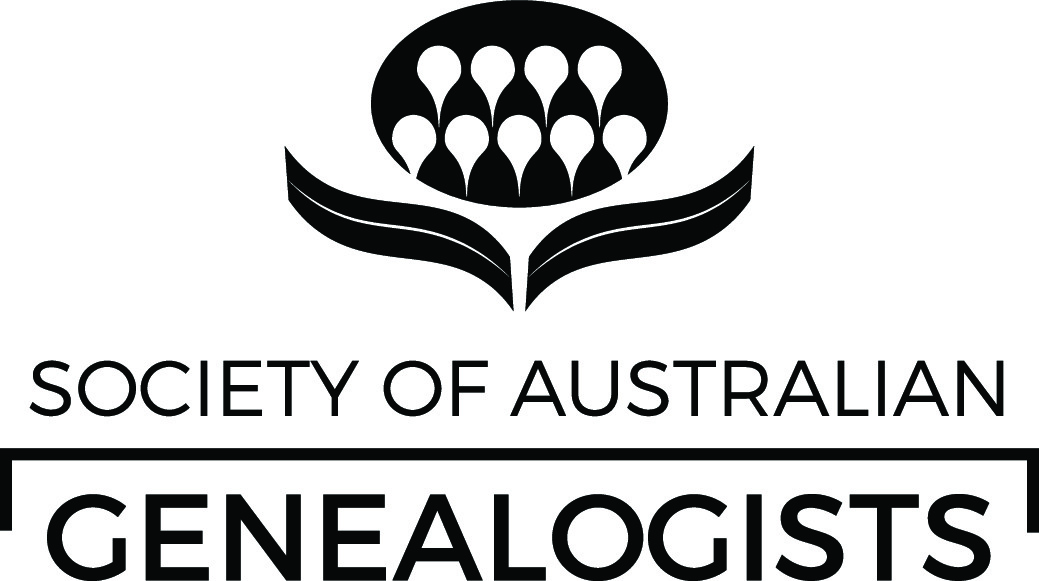Family treasuresAn online exhibition illuminating the SAG Archives Family treasures is an ongoing online exhibition that invites historians, scholars and genealogists to curate and write about a mini-collection of documents, photographs and objects found in the Society of Australian Genealogists archive. Despite its longevity, very little of the archive has been exhibited and this project aims to illuminate some of the extraordinary materials it contains. |
Memories of Port Arthur
Since its closure in the late nineteenth century, Port Arthur has emerged as one of Australia’s most important heritage sites. The ruins of the settlement’s penitentiary and surrounding buildings have become an iconic Tasmanian tourist destination and are now visited yearly by over a quarter of a million people. This is not a new phenomenon. In fact, tourism began very soon after the penal colony closed with hundreds of visitors flocking to the abandoned prison complex to learn more of it's fascinating origins and take in the breathtaking scenery of its surrounds. Yet for many, the traumatic convict history embodied by the ruins was problematic. For example, family recognition of convict ancestry remained taboo in many quarters of Australian society into the early twentieth century. Because of this the Tasmanian State Government as well as many local tourist operators went about recasting Port Arthur as a pleasant seaside retreat in order to help sanitise the settlement and distance it from its dark convict past. The SAG archive contains some wonderful memorabilia that demonstrates this push towards re-framing the tourist experience at Port Arthur. Explored in this mini collection are three such items, which include two collections of post cards and a pictorial historical pamphlet. They range in date from 1907 to the 1940s and are detailed below. |
Item illuminations Port Arthur Post Cards (MIDAS ref no. 05/26) This collection of two post cards demonstrates imagery typical of the romanticised vision of Port Arthur that tourism promoters were keen to foster during this period. Printed in 1907 by J. Walch and Sons, they present idyllic views of the historical settlement. The first appears to be from the porch of the Commandant's House looking towards the Guard's Tower and features two young girls. The second, titled 'View from Commandant's Grounds' and presents a vista looking across the harbour towards the Penitentiary Building with the spires of the famous church in the background. Both images have been colourised and enhanced with painted features that beautify the landscapes presented. This includes restoring the roof of the Penitentiary Building, which by this time had collapsed following a bushfire. These picturesque, almost dream-like, images draw little attention to the settlement's convict history and instead highlight the area's scenic beauty. |
Port Arthur Post Cards (MIDAS ref no. 05/631) These two black and white post cards similarly focus on the settlement's picturesque landscape, however this time the focus is on the built environment. Printed in 1910, the first presents a panoramic image of the settlement's ruins, with the church in the foreground. The second postcard also features the church, with a woman site-seer in the building's doorway. Her inclusion provides the viewer with a sense of scale. Port Arthur's ruined church, with its ivy covered walls (cultivated after the convict years, and another example of the beautification of the site) is the standout gothic building of the complex. These are visions of Port Arthur that make little explicit reference to Port Arthur's convict heritage and instead evoke a nostalgic aesthetic more familiar to medieval castles of Britain, a visual comparison also made by newspaper travel articles at the time. |
Port Arthur's Convict Days by B. Coultman Smith (MIDAS ref no. 18/1124) Described as 'an historical and pictorial review', Port Arthur's Convict Days is a pamphlet that claims to sort 'fact and fiction' - and in doing so recasts the former settlement as 'a place of charm and interest'. It is authored by B. Coultman Smith who had previously published a revisionist history titled 'Shadow Over Tasmania'. This longer work also down-played the severity and 'exaggerated tales' of convict life in Tasmania and had received a personal endorsement from the state's Premier. In Port Arthur's Convict Days the reader is urged to 'Forget the Horror Stories' of convict life and instead 'realise that Britain's transportation of felons to the Australian colonies was a far sighted and on the whole successful colonisation scheme'. Instead of shame it argues that Australians should feel proud of the penal system which 'laid the foundations of Tasmania to-day'. An an object of convict memorabilia it was likely used by tourists as a quick guide to the state's convict origins. As an historical document it provides further evidence of what historian Richard White has argued was the 'tourist transformation' of the convict past that took place in Tasmania during this period, and a potent example of Port Arthur's emerging role as an iconic site of convict memory. |
References:
|
| About the author: Dr James Findlay is an Associate Lecturer in History with The University of Sydney and writes about convict history, screen culture and settler colonialism in Australia. |

%20cropped%20title%20image.jpg)
